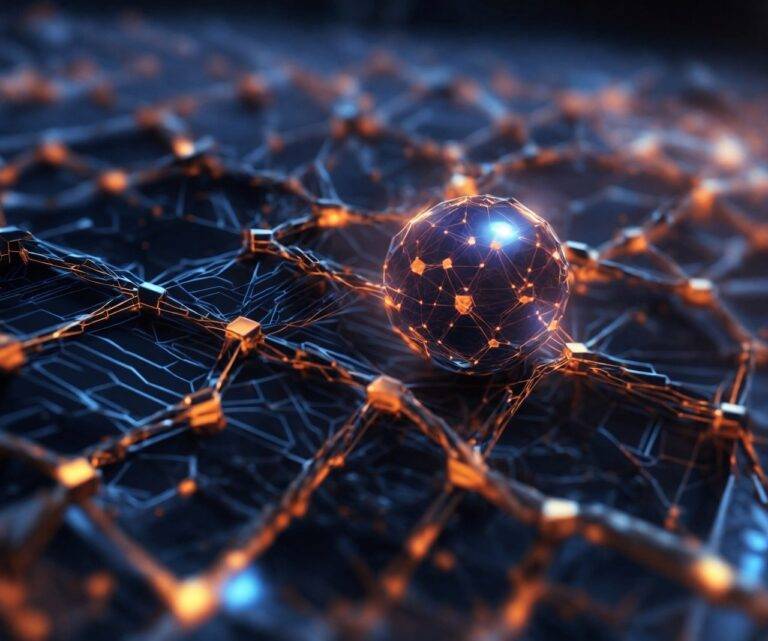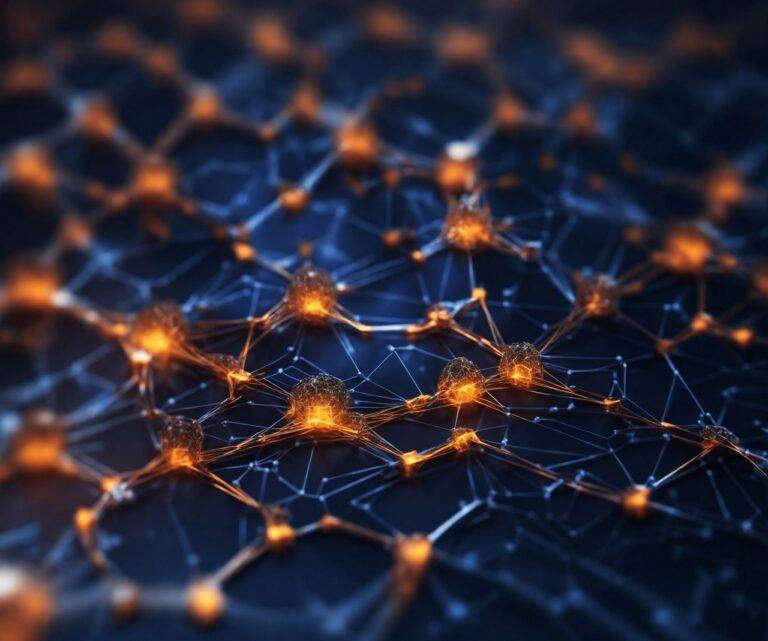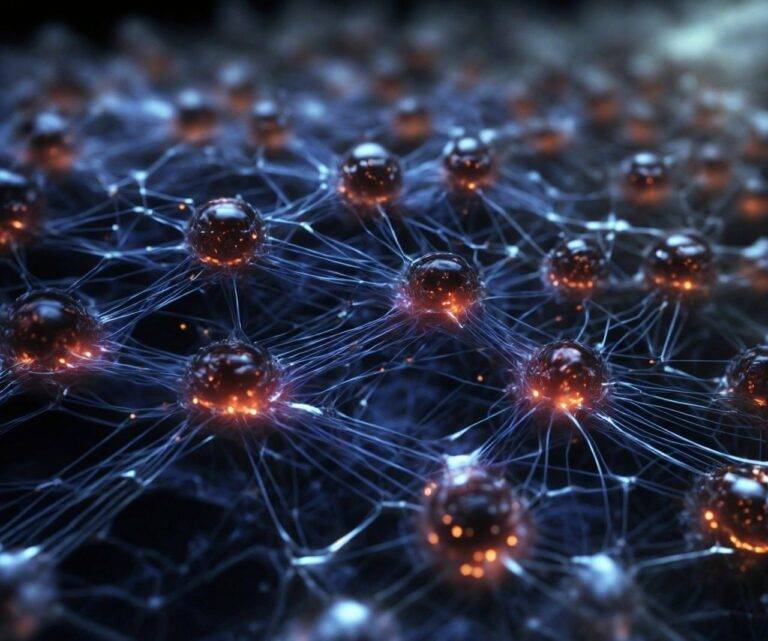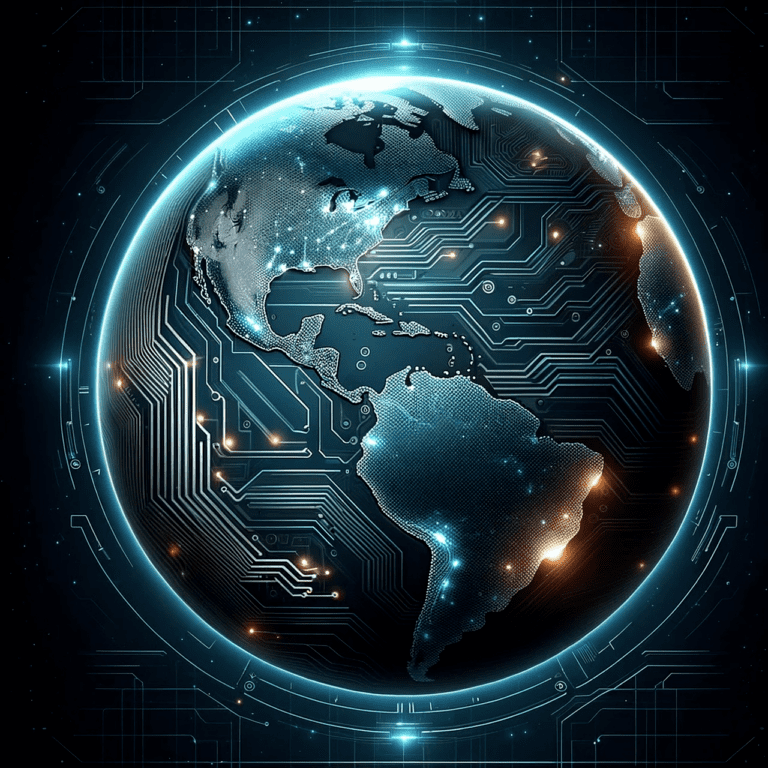Spatial Computing: Revolutionizing User Interaction in Tech
Spatial Computing is a cutting-edge technology that merges the physical and digital worlds by utilizing spatial mapping and sensing capabilities. This innovative concept enables users to interact with the digital content in a more intuitive and immersive way, blurring the lines between the real and virtual environments.
By incorporating elements of augmented reality (AR) and virtual reality (VR), Spatial Computing enhances user experiences by providing contextually relevant information overlaid onto the physical world. Users can visualize data, access interactive content, and manipulate digital objects within their physical surroundings, fostering a more engaging and interactive relationship with technology.
Understanding the technology behind Spatial Computing
Spatial Computing is a cutting-edge technology that integrates the physical world with digital elements, revolutionizing how users interact with information. The core technology behind Spatial Computing includes various hardware components such as sensors, cameras, and displays that work together to create an immersive user experience. These devices collect real-world data and process it in real-time to overlay digital content onto the physical environment, creating a seamless blend of physical and virtual worlds.
Furthermore, Spatial Computing relies on advanced software algorithms to interpret and map the physical space, allowing users to interact with virtual objects in a natural and intuitive manner. By using techniques like computer vision, machine learning, and spatial mapping, Spatial Computing technology enables devices to understand the user’s environment and respond accordingly. This technology opens up a vast array of possibilities for applications in sectors ranging from gaming and entertainment to education, healthcare, and beyond.
The impact of Spatial Computing on user experience
Spatial Computing is revolutionizing user experiences by blurring the lines between the digital and physical worlds. With the ability to superimpose virtual elements onto the real environment, users can interact with data and information in a more intuitive and immersive way. This enhanced level of interaction fosters deeper engagement and understanding of content, leading to a more enriching and dynamic user experience.
Furthermore, Spatial Computing allows users to navigate and interact with technology in a more natural and intuitive manner. By utilizing gestures, voice commands, and eye movements, users can seamlessly manipulate digital content in physical space. This hands-free approach not only enhances convenience but also brings a new level of accessibility to technology, making it easier for individuals of all abilities to engage with and benefit from this innovative technology.
What is Spatial Computing?
Spatial Computing is a technology that integrates digital information with the physical environment, allowing users to interact with digital objects in a real-world context.
How does Spatial Computing work?
Spatial Computing uses sensors, cameras, and artificial intelligence to detect the user’s surroundings and overlay digital information on top of the physical world. This creates an immersive and interactive user experience.
What are some examples of Spatial Computing?
Examples of Spatial Computing include augmented reality (AR) and virtual reality (VR) applications, mixed reality experiences, and interactive digital maps.
How does Spatial Computing impact user experience?
Spatial Computing enhances user experience by providing more immersive and interactive interactions with digital content. Users can visualize information in a real-world context, leading to a more engaging and intuitive experience.
Is Spatial Computing only used in entertainment applications?
No, Spatial Computing is used in a variety of industries, including healthcare, education, manufacturing, and retail. It can improve productivity, streamline processes, and enhance communication in these sectors.





